What is Rendering on a House: Exploring Types, Benefits, and Costs
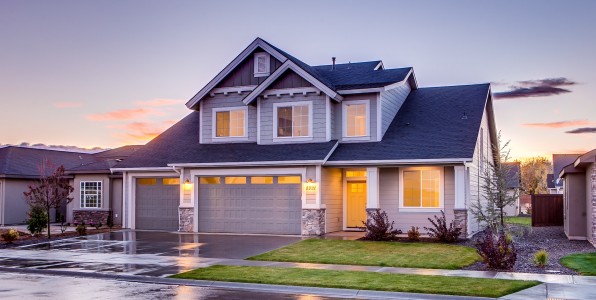
What is Rendering on a House: Exploring Types, Benefits, and Costs
The post What is Rendering on a House: Exploring Types, Benefits, and Costs appeared first on UK Construction Blog.
Have you ever considered house rendering as a way to improve your home’s appearance, insulation, and protection? In today’s world, there are numerous rendering options available, each with its own set of advantages and disadvantages. This comprehensive guide will take you through the various types, benefits, and costs of house rendering, providing you with the knowledge you need to make an informed decision for your home. So, let’s dive into “what is rendering on a house� and explore the options available.
Key Takeaways
- House rendering is the application of a protective and decorative layer to exterior walls, providing insulation, protection and aesthetic appeal.
- Different types of house render offer various benefits such as flexibility, durability or weather resistance. Proper planning and regulations are also essential for a successful project.
- Careful consideration must be given when choosing the right render for your home in terms of building materials, surrounding properties & personal preferences.
Understanding House Rendering
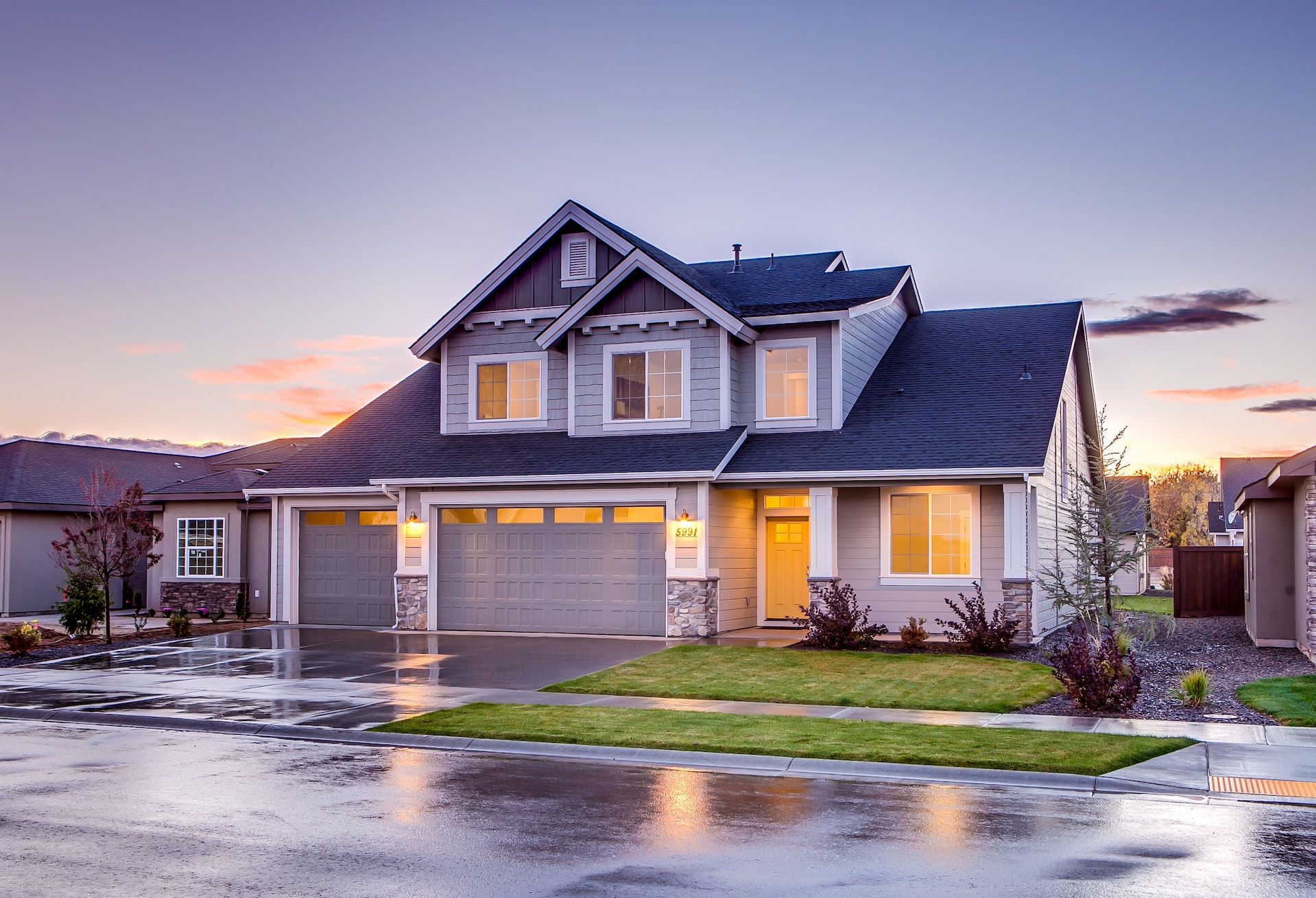
House rendering, also known as house render, is the application of a protective and decorative layer of plaster or cement mortar to the exterior walls of a building, providing insulation and enhancing the appearance of the structure. Exterior rendering, as it is also known, typically involves multiple coats applied with a metal trowel, with screed battens ensuring an even layer of render. The base coats, or scratch coats, are scored when still wet to create a key for the next layer, and the top coat is applied in a thinner layer. Once the render has dried, it has a putty-like consistency. This can then be ‘floated’ to smooth out any highs points, ridges and remove any residual air bubbles.
House rendering enhances the visual appeal of a building while also providing protection from the elements. A vast array of colour options, from the standard cement grey to the pricier but low-maintenance through-coloured render, are available. Given the multitude of choices, it becomes crucial to familiarize yourself with the various types of rendering alongside their respective pros and cons.
Key Reasons for Rendering a House
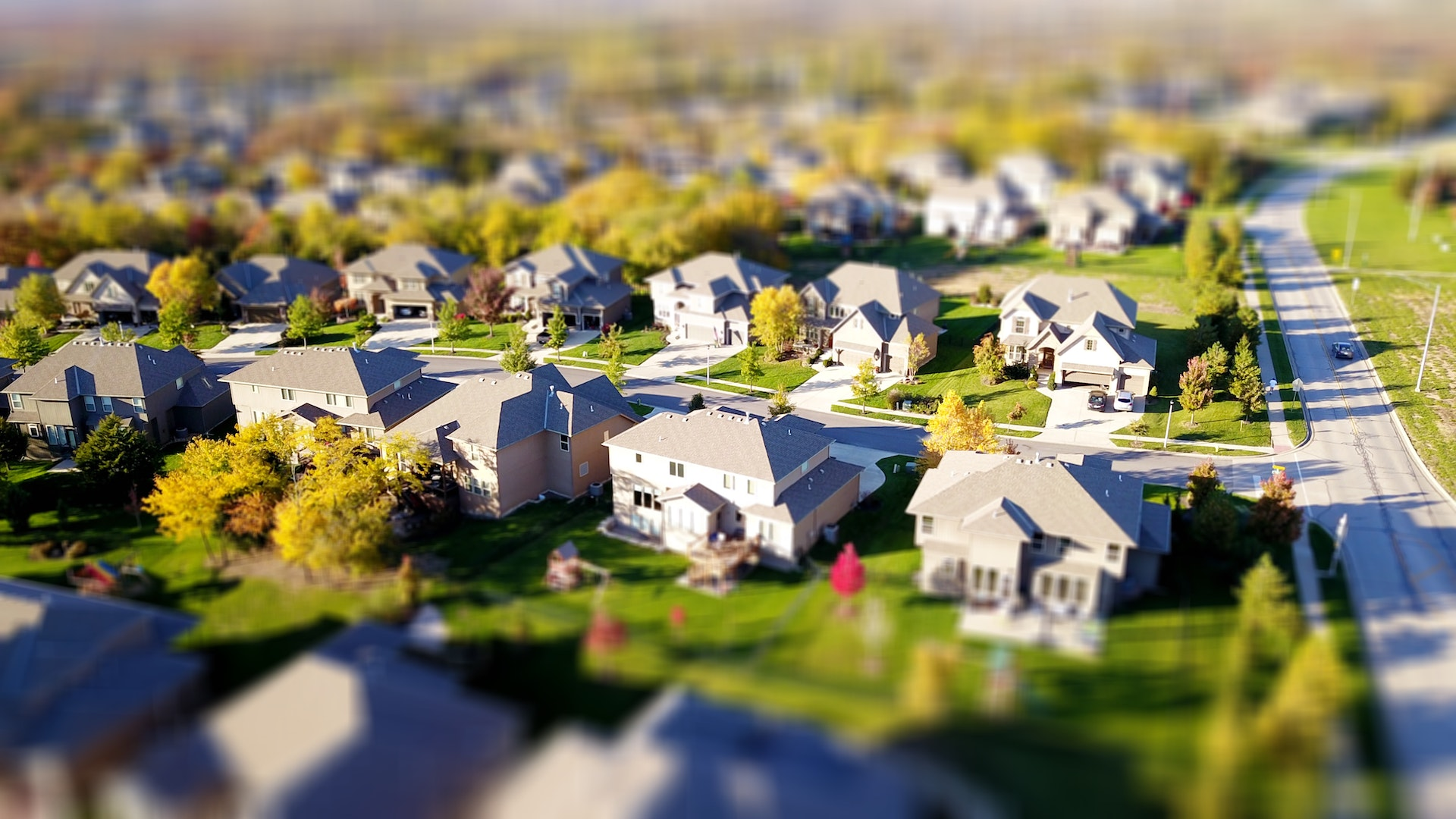
Rendering a house offers numerous benefits, including protection against the elements, improved aesthetics, and increased insulation, which can lead to reduced energy costs. Traditional lime render is one option that can be used for house rendering, providing a breathable and flexible alternative to cement render. Correctly preparing the surface set for rendering guarantees a successful application, thereby improving the house’s overall appearance and functionality.
In addition to its protective qualities, rendering a house can also:
- Conceal substandard brickwork or other imperfections in the existing structure
- Improve the external appearance of your home
- Contribute to its overall value.
When contemplating whether to render your entire house, it’s crucial to balance the numerous advantages with the potential costs and work involved.
Types of House Rendering
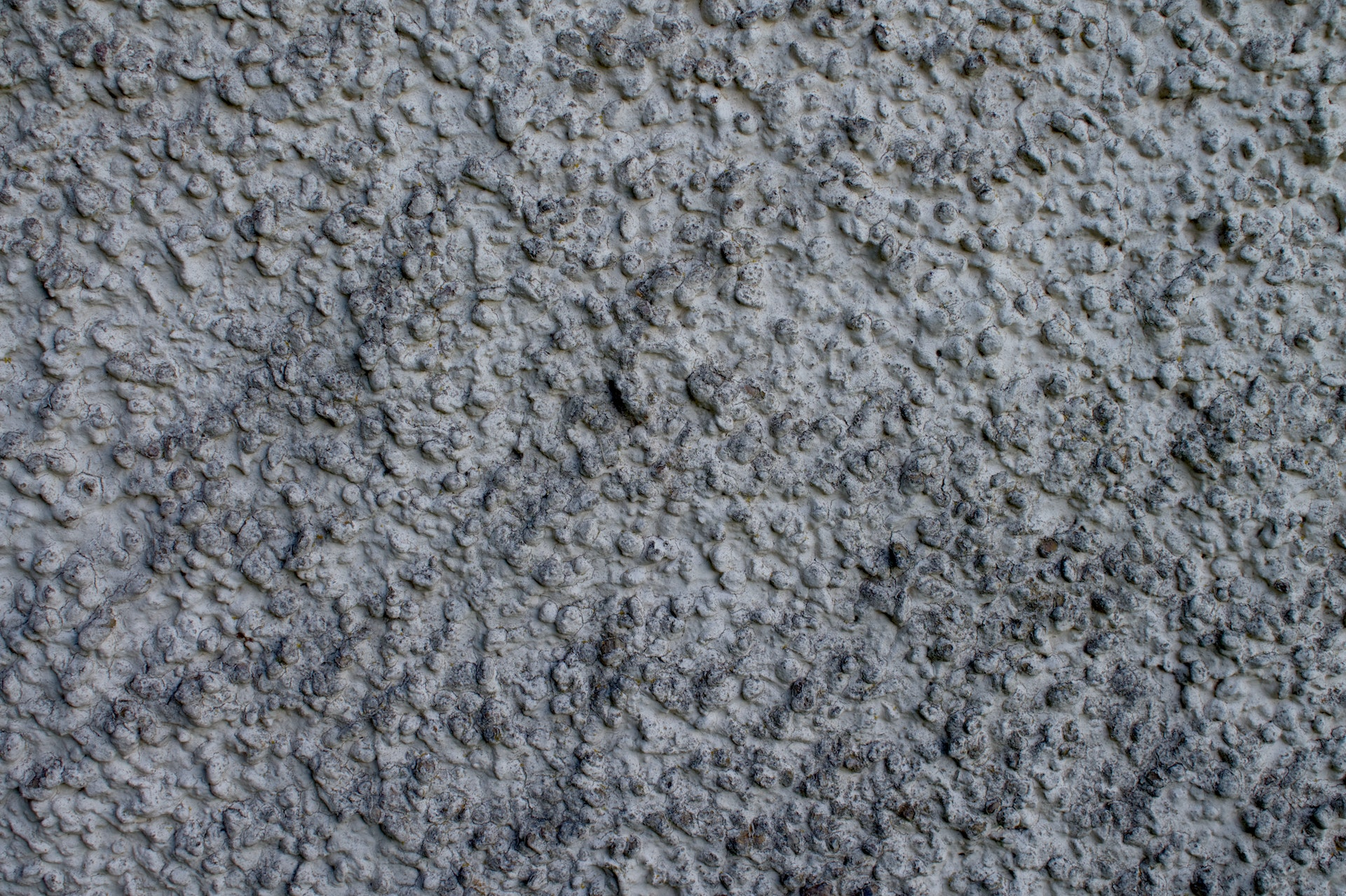
When it comes to house rendering, there are various options to choose from, each with its own set of benefits and drawbacks. The primary types of render include:
- Cement render
- Lime render
- Acrylic render
- Silicone render
The subsequent sections delve into further detail about each type, assisting you in determining the most suitable for your home.
Cement Render

Cement render is a cost-effective option that provides a smooth finish. It is a traditional and affordable choice, but it does come with some downsides, such as being susceptible to cracking and water damage. The lifespan of cement render, including cement based render, is typically between 7 and 15 years, depending on the quality of the materials used and the level of maintenance provided.
If not properly maintained, cement render can allow moisture to penetrate the walls, leading to both internal and external issues. Despite these potential problems, cement render remains a popular choice for many homeowners due to its affordability and the ability to tint it with color pigment for a decorative finish.
Lime Render
Lime render is a traditional render system that utilizes lime as a binder, providing breathability to the wall and greater flexibility than cement render. While it is more expensive and takes longer to apply than cement render, lime render offers numerous advantages, such as increased durability and suitability for older buildings.
Applying lime render with a trowel is relatively straightforward, and it is less prone to cracking after drying due to its flexibility. Additionally, lime render facilitates evaporation of moisture, which helps to mitigate the risk of frost damage and contributes to its enhanced durability.
For those who value eco-friendliness and long-lasting performance, lime render may be an ideal choice.
Acrylic and Silicone Renders
Acrylic and silicone renders are modern rendering options that offer increased durability compared to traditional render systems, such as cement and lime renders. These renders provide greater resistance to cracking, fading, and algae growth, and are easier to apply and require less maintenance overall.
The main difference between acrylic and silicone renders is that acrylic is not a breathable product, unlike silicone. However, both options are flexible, water-resistant, and available in a variety of colors and textures, making them attractive choices for homeowners looking for long-lasting, visually appealing render solutions.
While they may be more expensive than traditional options, the benefits of acrylic and silicone renders can outweigh the initial cost in the long run.
Modern Rendering Systems

In addition to the traditional and modern renders discussed in the previous sections, there are also advanced rendering systems that offer even more attractive finishes and improved weather resistance. These systems include coloured, monocouche, and insulated render systems (EWI), as well as polymer render options.
We’ll delve into each of these modern rendering options in greater detail, highlighting their unique advantages.
Coloured Render
Coloured render, also known as through-coloured render, is a type of render that has colour integrated throughout the material, eliminating the need for painting. This option is available in a variety of colours and finishes, including smooth, textured, and patterned, and is often used as a decorative and protective coating for external walls.
The advantages of through-coloured render include a range of colour options and the fact that painting is not necessary, making it a lower maintenance choice compared to traditional render. Overall, coloured render is more expensive than traditional render options, but the long-term savings in maintenance costs and the added aesthetic appeal can make it a worthwhile investment.
Monocouche Render
Monocouche render is a pre-coloured render finish that is applied in one or two passes to decorate and protect buildings, eliminating the need for painting. It is a specialized cement render that offers:
- a wide selection of shades
- combines the texture and flexibility of traditional lime renders
- provides a durable, low-maintenance finish
- is weather-resistant and aesthetically pleasing.
However, monocouche render does have some drawbacks, such as being more costly than traditional sand and cement render and not being resistant to cracking. It is also not suitable for buildings that are prone to movement, so it’s essential to consider the specific needs of your property before choosing this option.
Insulated Render System (EWI)
Exterior wall insulation (EWI) is a method of improving the external appearance and thermal performance of buildings by cladding the exterior walls with insulation boards, applying a layer of basecoat render, and then finishing it with a decorative render. This system helps to reduce heat loss, improve energy efficiency, and enhance the overall aesthetics of the building.
The insulated render system (EWI) offers a range of benefits, including:
- Increased energy efficiency
- Decreased heat loss
- Improved aesthetics
- Safeguarding the building from external elements
- Providing a layer of insulation that can help to muffle noise
Though the cost of an insulated render system is generally higher than other forms of rendering, the long-term savings in energy costs can make it a valuable investment.
Planning and Regulations

When contemplating house rendering, it’s crucial to consider any applicable planning permissions and building regulations for your project. In general, no planning permission is required for rendering unless the house is located in a conservation area or an Area of Outstanding Natural Beauty (AONB). However, building regulations may apply depending on the scope of the work, so it’s advised to check with your local planning department.
If your property is listed and included with multiple other properties, the paint used should conform to either a RAL or British Standard (BS) color. This must be adhered to in order to preserve the integrity of the listed buildings. It’s important to review all relevant documents and consult with your local planning department before starting any rendering project. Proper planning and adherence to regulations can help ensure a successful and compliant rendering project.
Costs and Return on Investment
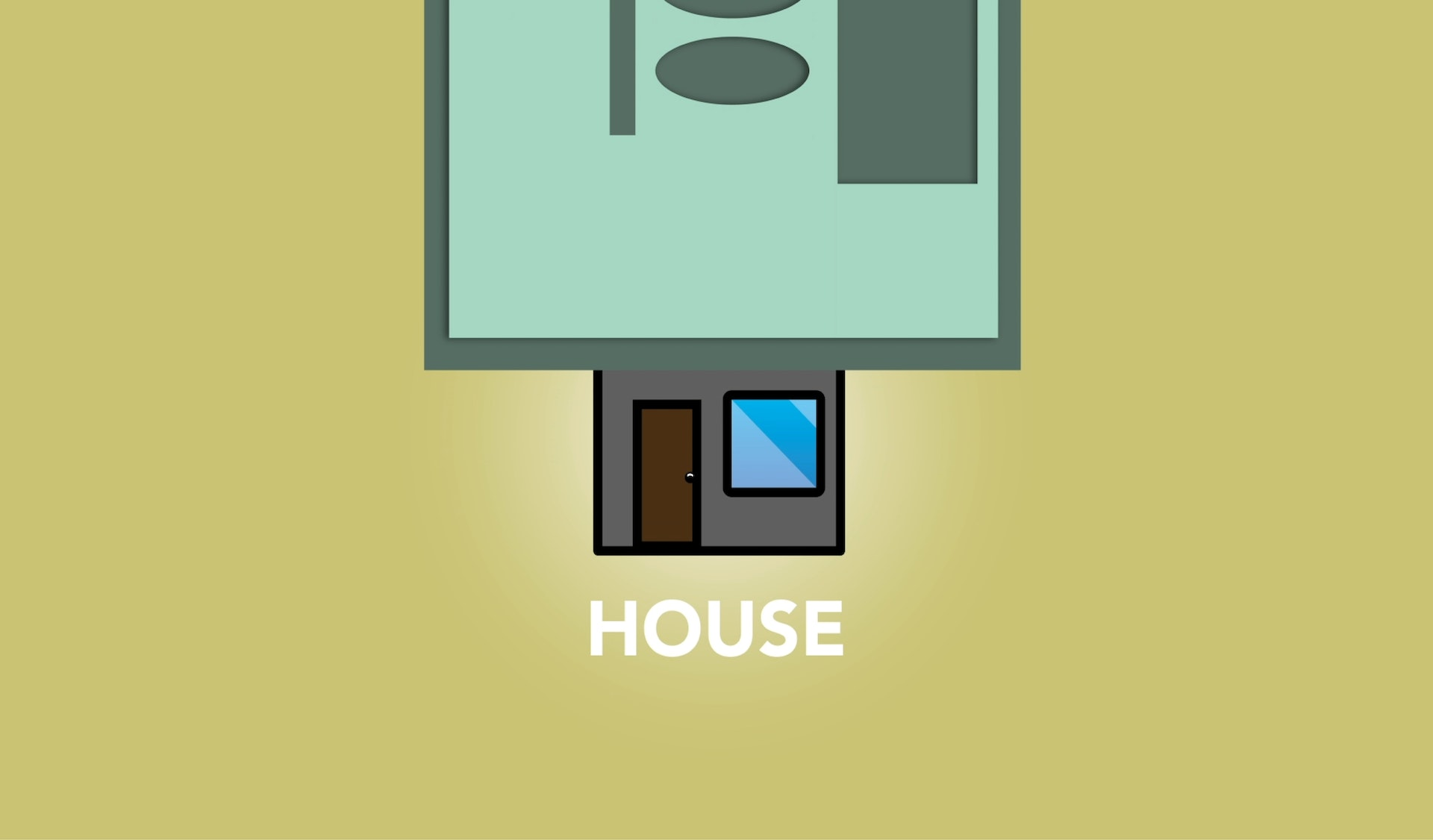
Several factors, such as the type of render, geographic location, and the state of the property, can influence the cost of rendering a house. While rendering can be an investment, it can potentially add value to the property if done correctly. It’s important to weigh the initial costs against the potential benefits, such as improved aesthetics, increased insulation, and protection from the elements.
Apart from the upfront cost of materials and labor, considering the long-term maintenance costs associated with rendering is also crucial. Some types of render, such as through-colored render, can be more expensive upfront but offer lower maintenance costs over time. Balancing the initial investment with the potential return on investment is crucial when deciding whether to render your house.
Choosing the Right Render for Your Home

A variety of factors, including the building material, surrounding properties, and personal preferences, can influence the selection of the best rendering option for your home. It’s essential to ensure that the selected render and its application method are compatible with your property and its location. Additionally, you should consider the various types of render, such as cement, lime, acrylic, and silicone renders, as well as coloured, monocouche, and insulated render systems (EWI).
Before making a decision, it’s recommended to seek expert assessment to ensure that the chosen render is suitable for your home and meets any planning and building regulations that may apply.
By carefully considering the specific needs of your property and your personal preferences, you can choose the right render that will provide the best results for your home, whether it’s an existing render or a new one.
Hiring Professionals vs. DIY Rendering

While you can render a house yourself, achieving a smooth, high-quality render surface requires expert knowledge and experience. Attempting a DIY rendering job without the necessary skills can result in poor quality work that may negatively impact the value of your property if you plan to sell it. Additionally, rendering typically requires multiple workers and specialized tools and equipment, such as scaffolding, which can be difficult and time-consuming for DIY enthusiasts to manage.
Hiring a professional to render your home offers several advantages, such as superior skill and proficiency, a professional finish and quality workmanship, and a time-saving and efficient process. While hiring a professional may be more expensive than DIY rendering, the benefits of expert assistance can outweigh the costs by ensuring a successful and long-lasting result.
To find a qualified tradesperson to complete your rendering project, you can use the Find a Builder tool on the FMB website.
Maintenance and Longevity of Rendered Walls

Rendered walls, when properly maintained, can endure for decades, offering a durable and appealing finish for your home. The typical lifespan of house rendering is between 20-30 years, although this can vary depending on the type of render used and the level of maintenance provided. To ensure optimal performance, rendered walls should be regularly cleaned with a low-pressure jet wash and detergent to prevent the accumulation of algae, mould, and other environmental contaminants.
In addition to regular cleaning, timely repairs may be required for any hollow, loose, or cracked render. By keeping your rendered walls well-maintained, you can extend their lifespan and ensure that your home remains protected and visually appealing for years to come.
Alternative Wall Finishes
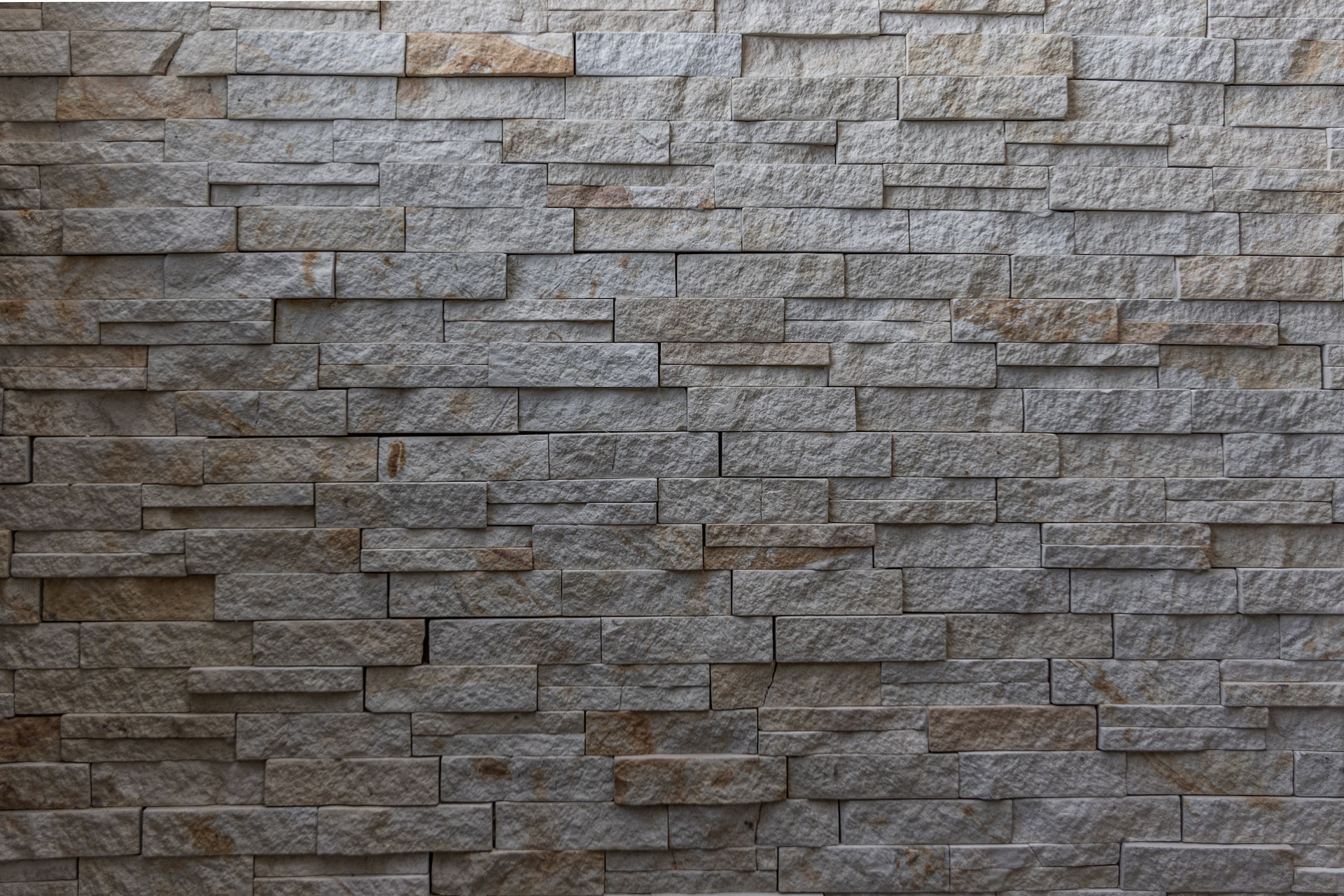
If rendering doesn’t suit your home, alternative wall finishes like cladding, pebbledash, and natural stone are worth considering. Cladding, for example, can be made from various materials, including timber, metal, and composite panels, and can be combined with render for a unique and diverse appearance.
Pebbledash render is another option, which involves applying a wet render coat and then adorning it with pebbles or small stones to create a decorative finish. Natural stone, on the other hand, offers a robust and aesthetically pleasing choice for external wall coverings, providing a distinct appearance to a home.
Each alternative wall finish has its own set of benefits and considerations, so it’s important to carefully evaluate your options and choose the one that best suits your needs and preferences, including solid walls.
Summary
In conclusion, house rendering offers a wide range of benefits, including improved aesthetics, increased insulation, and protection from the elements. With various types of rendering available, such as cement, lime, acrylic, and silicone renders, as well as modern rendering systems like coloured, monocouche, and insulated render systems, there is an option to suit every homeowner’s needs and preferences. Careful planning, adherence to regulations, and proper maintenance can ensure a successful and long-lasting rendering project that adds value and appeal to your home.
Frequently Asked Questions
Is rendering a house a good idea?
Rendering a house can be an attractive and cost-effective way to extend its lifespan and improve its overall appearance.
How much does it cost to render a house?
Rendering a house typically costs between £1500 and £4000 or from £25 to £40/m2, depending on the size and profile of the building.
What is the process of rendering a house?
Rendering a house is the process of applying a coat of cement to the exterior walls by hand and tools, to make them smooth or textured. This layer is then protected from erosion or cracks with paint or wall coatings. Rendering is distinct from plastering as it applies to the exterior walls of a property, while plastering refers to interior walls.
Why does a house need rendering?
House rendering acts as a protective layer against inclement weather and rainwater penetration, preventing damage to the underlying walls. It can be thought of as a type of cladding for the exterior of the house, much like plaster is applied to the interior walls.
How long does house rendering typically last?
House rendering can last up to 30 years, depending on the type of render and maintenance given.
Comments are closed